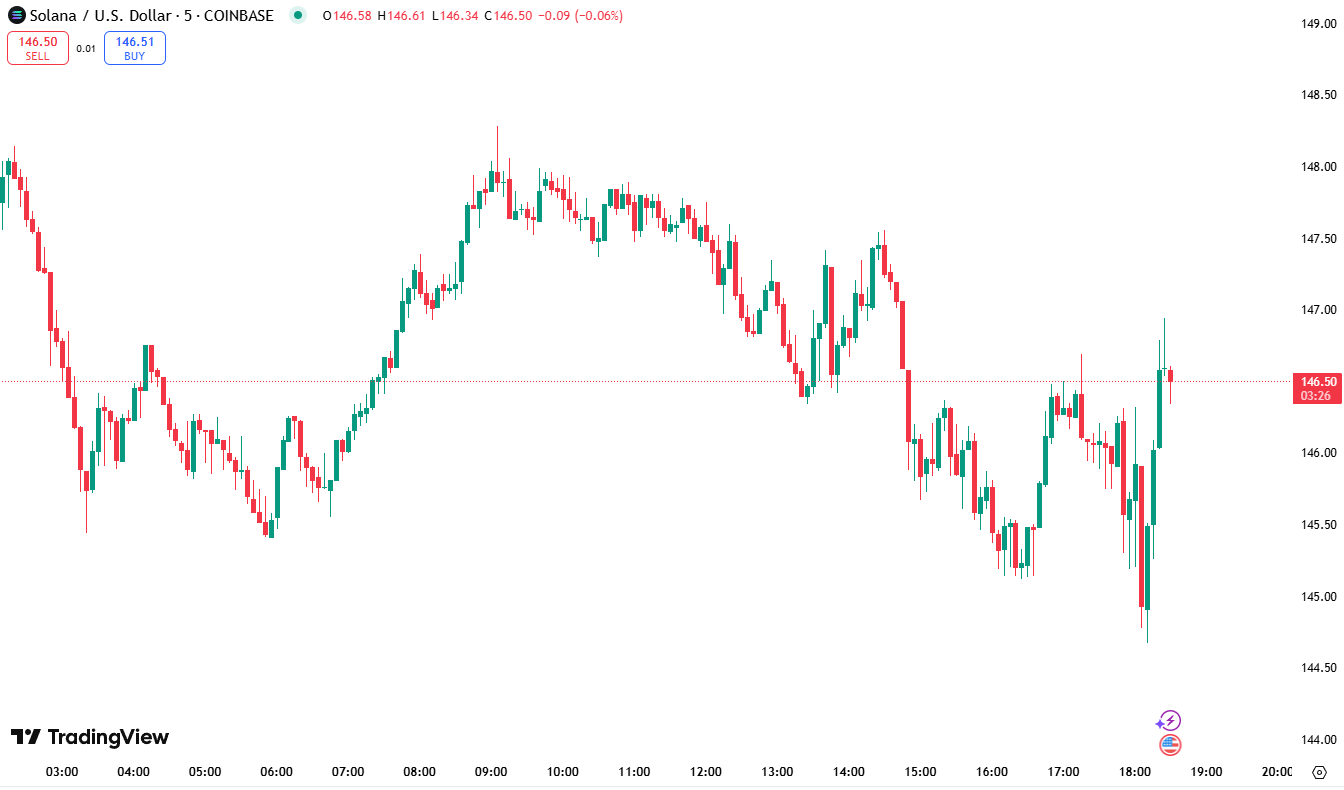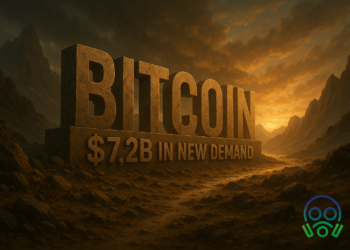Introduction
Solana has recently topped the charts in blockchain fee generation, bringing in $1.4 million over a single day. While that figure might seem like a bullish sign at first glance, deeper analysis paints a different picture. Instead of signaling growing demand, these fees were likely fueled by heavy selling activity across the network.
Blockchain fees can increase due to higher transaction volume or rising transaction costs. However, in Solana’s case, netflows turned sharply negative. Over $1.9 million worth of SOL was withdrawn from the network, placing it among the top five chains in terms of capital outflows. This exodus highlights that sellers, not buyers, were driving the recent fee spike—a clear warning that fee growth alone doesn’t equate to upward momentum for SOL’s price.
Solana User Engagement Slips as Trader Activity Dips
Solana’s weakening fundamentals are also reflected in its on-chain activity. Daily active addresses plummeted to 3.2 million, signaling a significant decline in user interaction with the network. A falling address count often suggests traders are cashing out or shifting to other blockchains.
Adding to this, daily transaction numbers also dipped, landing at 97.3 million. This reduction in network usage implies a cooling sentiment surrounding Solana. Lower on-chain activity generally correlates with weakened price action—and with these figures sliding, the short-term outlook for SOL remains dim.
If this trend continues, SOL could revisit levels last seen during its March sell-off, when diminished participation drove a sharp decline.
Capital Leaves Solana Ecosystem Amid TVL Decline
Liquidity outflows are compounding Solana’s current market challenges. Total Value Locked (TVL), a key metric used to evaluate the strength of a blockchain’s decentralized finance ecosystem, has dropped noticeably. From a peak of $8.039 billion earlier this month, Solana’s TVL has slipped to $7.825 billion.
That $214 million reduction reflects significant capital moving out of Solana-based protocols. Such outflows typically suggest users are unstaking or withdrawing their funds, potentially due to concerns about short-term volatility or diminishing returns.
This kind of liquidity loss doesn’t just affect protocol valuations—it also adds selling pressure to SOL’s price by flooding the market with previously locked tokens.
Sentiment Still Slanted Toward Caution
Despite a modest price gain over the last 24 hours, Solana remains on shaky ground. The asset has declined nearly 3% over the past week, with most indicators leaning bearish. High blockchain fees may grab headlines, but they can be misleading without supportive data to explain their origin.

At present, a combination of declining engagement, capital flight, and increased selling suggests that SOL could continue its downward trajectory unless conditions shift quickly. For now, investors may want to watch for signs of renewed user activity or stabilized liquidity before expecting a rebound.












